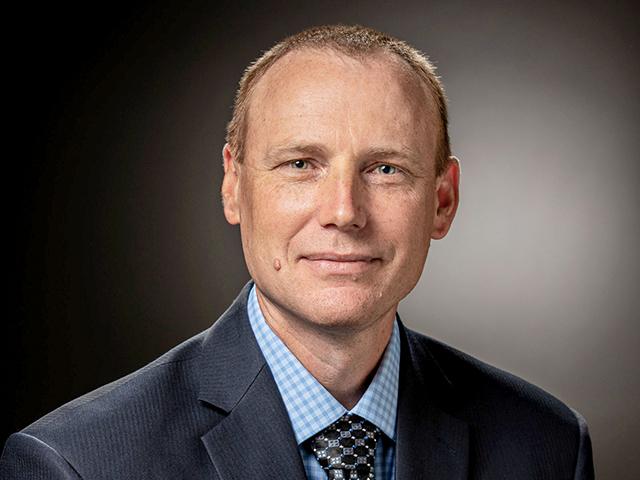John Deere CTO Discusses Equipment and Future at CES 2024
CES 2024 Exclusive: Deere Talks Value of Tech
DTN/Progressive Farmer recently sat down with Jahmy Hindman, chief technology officer for John Deere, at CES 2024, in Las Vegas. Hindman is responsible for building Deere's "tech stack," the company's end-to-end equipment solutions, made up of hardware and devices, embedded software, connectivity, data platforms and applications. He also leads the company's Intelligent Solutions Group (ISG) and is responsible for Deere's network of technology and innovation centers.
We've chosen three questions and answers from our interview with Hindman. See the entire interview at https://www.dtnpf.com/…
DTN/PF: Some farmers would tell Deere and other OEMs (original equipment manufacturers) that modern equipment lines are hard to maintain financially. How would you respond?
Hindman: The goal for us is to drive efficiencies and value to the grower. If we're not doing that in a way that is commensurate with their business, then we have to think how we create more value with the solutions we provide in the market. With some of this technology, it is expensive if you look at the technology that is deployed in See and Spray, for example, where you've got a significant amount of computing capability. You've got 36 cameras, a carbon fiber boom -- how do we approach the market with a different business model that helps a customer digest that technology in a different way than they have in the past where it is pay for everything up front and depreciate it over time? There is this opportunity of "solutions as a service (a license fee)," a pay-as-you-go opportunity. [But] that gets complicated, because every technology creates a different amount of value. So, we end up experimenting with growers to understand how they want to digest that technology, what's the best business model for their farm.
P[L1] D[0x0] M[300x250] OOP[F] ADUNIT[] T[]
DTN/PF: How does the "solutions as a service" model bring benefit to the productivity of a farm?
Hindman: At its core, it is trying to lower the upfront cost of the value creation, the hardware, and distribute some of that cost into a licensing model -- an annual arrangement or a per-use fee to help spread the cost of the technology across the use the grower has for that technology. They only pay for it when they use it, and that makes it somewhat proportional across the range of growers that are going to be consuming it. [This] also opens the opportunity for the technology to get better with time. You can continue to use that same hardware ... to create more value. If you think of See and Spray today, we run in corn, soybeans and cotton. But, the same hardware set is being used in other production systems. If you are a grower farming corn, soybeans or cotton, plus something, you [will be able] to use the See and Spray technology for whatever that plus-something is.
DTN/PF: Everyone is talking about artificial intelligence (AI). What does AI mean for the grower?
Hindman: AI is already happening in agriculture. [Deere's] autonomous tractor is running an AI algorithm for perception through stereo cameras. See and Spray is running an AI algorithm to discriminate weeds from healthy crops. Machine learning, computer vision, types of artificial intelligence -- farmers are going to see more and more of that. AI isn't static. It will mean different things over time. The latest and greatest thing 12, 13, 14 months ago was ChatGPT. I think [it] will have uses in agriculture to make sense of data.
We talk about this data problem, you're data rich and insight poor. In many cases, artificial intelligence technologies are better than humans in doing complex pattern recognition. So, looking through all the data and trying to understand patterns, what makes sense and what influences the outcomes. I think we'll see AI deployed against those large agricultural data sets on the farm level to help surface insights for growers and what that data is actually telling them.
**
-- Watch the interview at https://www.dtnpf.com/…
-- Follow Dan on X (formerly Twitter) @DMillerPF
[PF_0324]
(c) Copyright 2024 DTN, LLC. All rights reserved.




